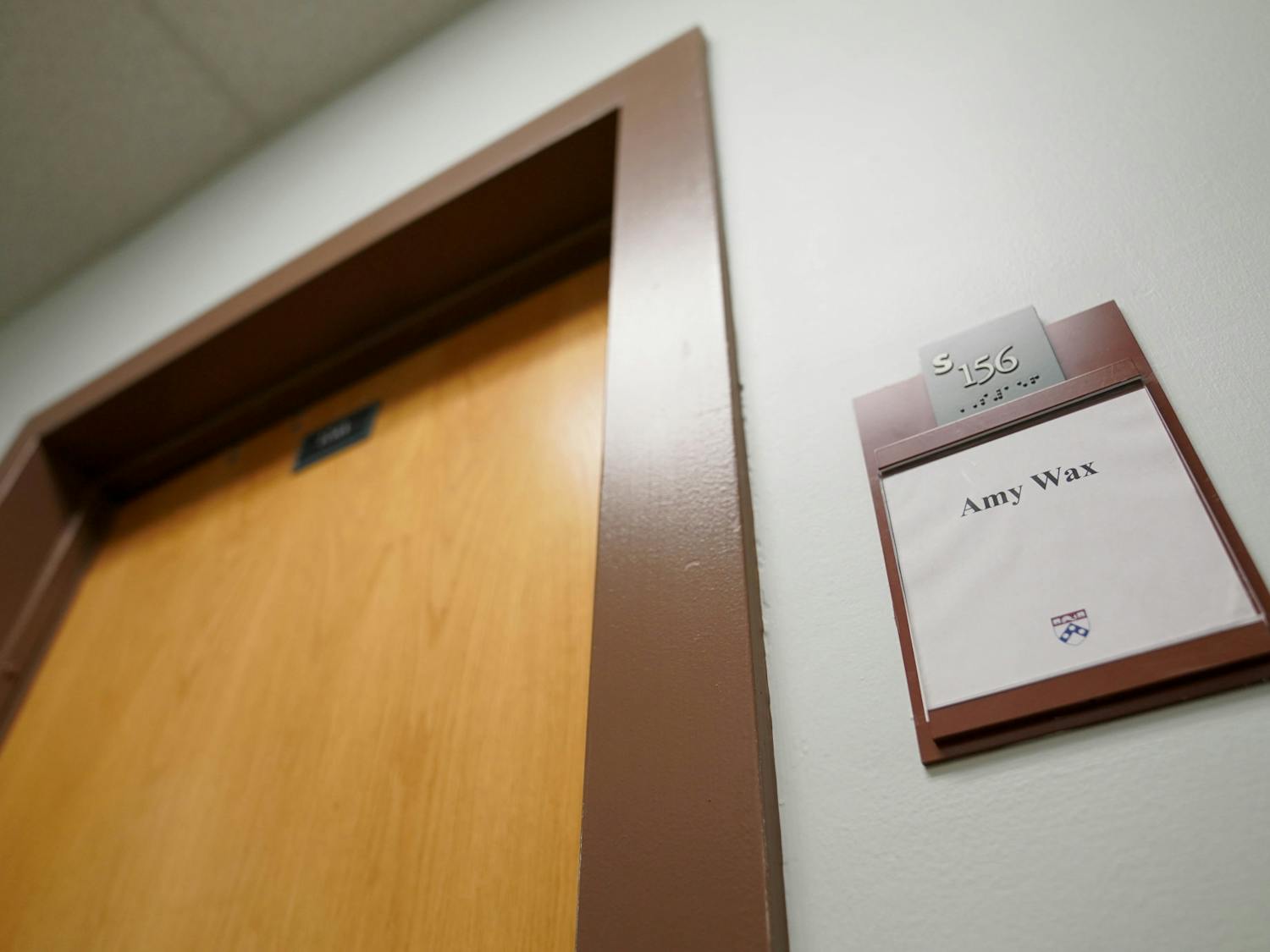Penn is roughly $650 million richer than it was 18 months ago, according to a recent study.
The University's endowment saw returns of 16.8 percent in the fiscal year and 11.3 percent in the calendar year, the National Association of College and University Business Officers reported.
Despite this increase, current students are unlikely to be affected, because most of the money is reinvested.
There will be a "less significant impact on a [day to day] basis," University Executive Vice President Craig Carnaroli said, noting that endowments are long-term in nature.
Penn's endowment is the 12th largest among the nation's universities -- 47 of which have an endowment of over $1 billion -- and was valued at approximately $4 billion at the end of the fiscal year that concluded last June 30. During that fiscal year, the endowment grew by 13.3 percent.
It remains the fifth largest endowment in the Ivy League, behind those of Harvard ($22.1 billion), Yale ($12.7 billion), Princeton ($9.9 billion) and Columbia ($4.5 billion) universities.
Kristin Gilbertson, Penn's chief investment officer, said that Penn's endowment is currently valued at $4.2 billion.
Penn's endowment is the "envy of 99 percent of the colleges in the country," said National Association of Independent Colleges and Universities spokesman Tony Pals.
Of course, in that other 1 percent are schools like Harvard and Princeton.
Pals said that he believes that the immensity of those two school's endowments allows them to fund certain programs that would be beyond Penn's reach.
He cited in particular student aid initiatives at the two schools, through which students from low-income households do not have any student loan expectation.
"Harvard, Yale and Princeton have more flexibility," Carnaroli agreed, "particularly when it comes to financial aid."
"Penn's endowment is large on an absolute basis, but small relative to the size of our operating budget," he said.
"We are not able to fund as much of our financial aid budget from the endowment, as compared to Princeton, which funds 98 percent of their financial aid budget from endowment."
The larger a school's endowment, the less reliant it is on other sources of funding for its operation.
Penn funds less than 10 percent of its operating budget from the endowment while Princeton funds upwards of 40 percent of its budget in this way. Harvard and Yale fund around 30 percent. In the end, it gives those schools more flexibility.
However, because of Penn's endowment's growth it can make a higher payout than previous years.
Gilbertson said that 4.7 percent of the average value returned over the past three years is paid out to support University programs. The income that remains is reinvested in the endowment.
"This [endowment growth] means that we can fund more of the financial aid budget from endowment rather than unrestricted sources. It is important to remember that we have to use the endowment consistent with the donor's wishes," Carnaroli said.
Pals also noted that the majority of endowment funds, like Penn's, are restricted by donors in how an institution can use them. For example, the University could not devote all of the money it gained over the last year to one single cause of its choosing.
Overall, the University is pleased with its performance.
"We're very excited about the direction of the endowment," Gilbertson said, noting that Penn's annualized return over the last three years was more than two points above the average.
In two of those last three years, many universities struggled, Pals said.
"Generally speaking," he said, "at most institutions the gains of the last two years haven't made up for the losses of the two years before that."
Carnaroli said that Penn did not abandon its investment strategy in those down years.
"Our decision not to change course after the disappointing year of 2000 served us well over the last three years," he said.
Gilbertson added that the University made a successful transition between the down economy that lasted from 2000 to 2002 and the more robust economy that followed.
"Our portfolio did its job in the dark years," she said.
Indeed, in fiscal year 2002, Penn's endowment grew by 0.3 percent, making it the only Ivy League school that did not lose money.
Gilbertson attributed this in part to the University's diversification into "absolute-return strategies" such as hedge funds. Twenty percent of the University's assets are invested in hedge funds, which she said have been performing well.








